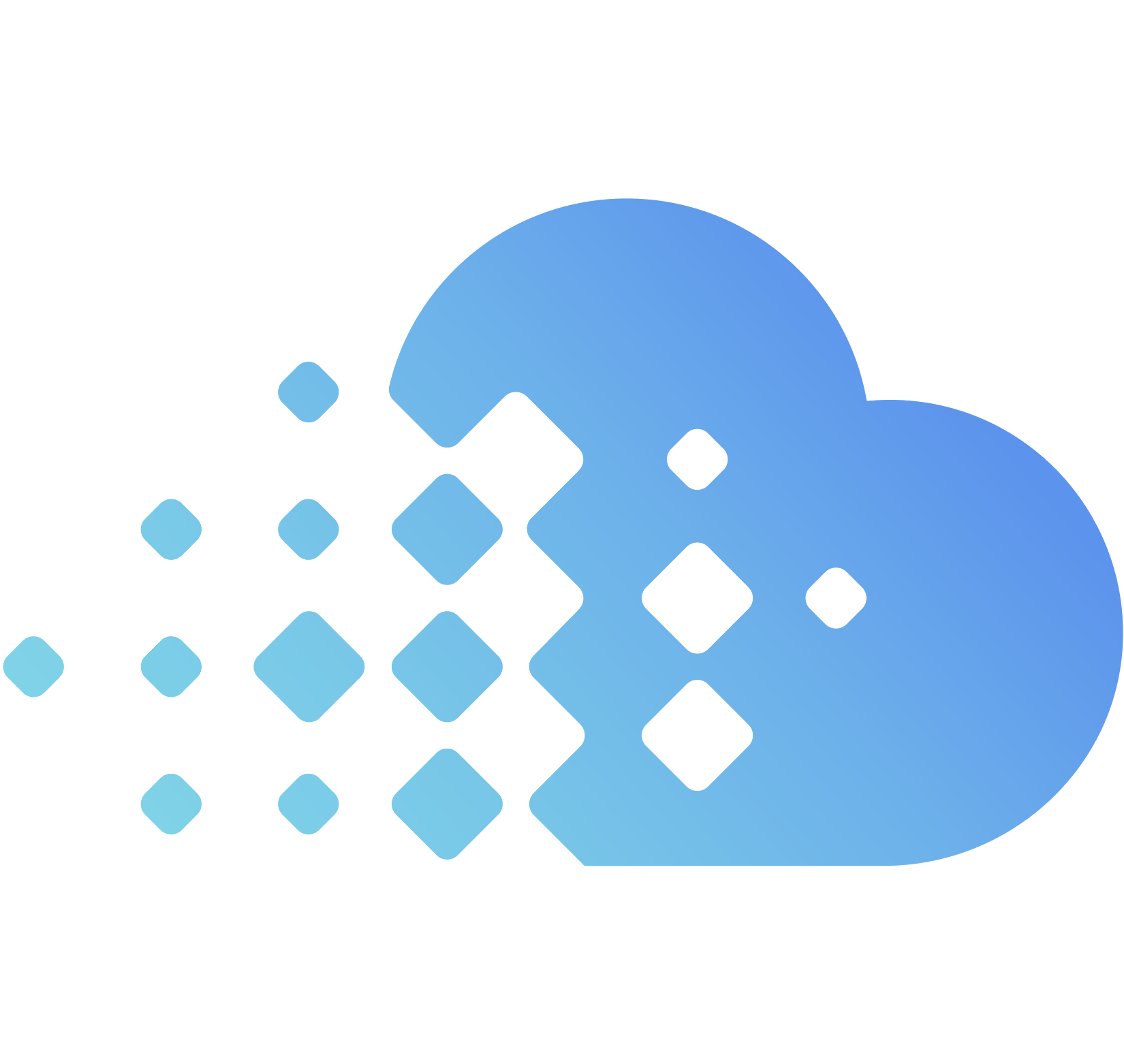Introduction to Cloud and Virtualization
Virtualization and cloud computing are major technological advancements in recent years, with both playing significant roles in enabling the widespread use of cloud-based services, while they are related, they are not the same thing.
In this blog post, we will explore the relationship between virtualization and cloud computing in more detail.
Virtualization: Enabling the Efficient Use of Resources
Virtualization is the process of creating a virtual version of a resource, such as a server, operating system, storage device, or network. It allows multiple virtual instances to run on a single physical server, allowing for more efficient use of hardware resources.
For example, before virtualization, a single server could only run one operating system and a set of applications at a time. This meant that the server hardware was not being used to its full potential. By virtualizing the server, multiple virtual machines can run on the same physical hardware, each running its own operating system and set of applications. This allows for more efficient use of the server’s resources and reduces the need for additional physical servers.
Virtualization can be used in many different areas, including server virtualization, network virtualization, and storage virtualization. Server virtualization is the most common type of virtualization and is used to create virtual machines (VMs) that run on a single physical server. Each VM has its own operating system and set of applications, and the physical server’s resources are divided between them.
Network virtualization involves creating a virtual network that can be used by multiple virtual machines. This allows for more efficient use of network resources and simplifies network management. Storage virtualization involves creating a virtual storage pool that can be used by multiple servers or virtual machines. This allows for more efficient use of storage resources and simplifies storage management.
Cloud Computing: A New Model for Delivering Computing Resources and Services
Cloud computing is a model for delivering computing resources and services over the internet. It involves the use of a network of remote servers hosted on the internet to store, manage, and process data, rather than relying on a local server or personal computer.
Cloud computing has become increasingly popular in recent years, with many businesses and individuals relying on cloud-based services for everything from email and document storage to software development and data analysis. Cloud computing has several key advantages over traditional computing models, including:
- Scalability: Cloud-based services can be easily scaled up or down as needed, allowing businesses to quickly respond to changing demand or growth.
- Cost Savings: Cloud-based services can be more cost-effective than traditional on-premise solutions, as businesses only pay for the resources they use.
- Accessibility: Cloud-based services can be accessed from anywhere with an internet connection, making it easier for businesses to support remote workers and expand their reach.
- Reliability: Cloud-based services are often more reliable than on-premise solutions, as cloud providers have redundant systems and backups in place to ensure data and services are always available.
Virtualization and Cloud Computing: Working Together
Virtualization is often a key technology used to enable cloud computing. By virtualizing hardware resources, cloud providers can create multiple virtual machines (VMs) that can be used by customers to run their applications and services in the cloud. This allows customers to use computing resources on a pay-per-use basis, rather than investing in and maintaining their own physical infrastructure.
Cloud providers typically offer several types of cloud services, including Infrastructure as a Service (IaaS), Platform as a Service (PaaS), and Software as a Service (SaaS). Each of these services relies on virtualization in different ways:
- IaaS: Infrastructure as a Service involves providing virtualized infrastructure resources, such as servers, storage, and networking, to customers. This allows customers to create their own virtual machines and configure them as needed.
- PaaS: Platform as a Service involves providing a platform for customers to develop and deploy applications. This platform is typically based on a specific programming language or framework and includes the necessary hardware, software, and tools to develop, test, and deploy applications.
- SaaS: Software as a Service involves providing software applications over the Internet, without the need for customers to install or maintain the software themselves. The software is typically hosted in the cloud and accessed through a web browser or mobile app.
Virtualization is also used in cloud management, allowing cloud providers to efficiently manage their infrastructure and resources. Virtualization technologies such as virtual machine migration and live migration allow providers to move virtual machines between physical servers without disrupting services, and to dynamically allocate resources as needed based on demand.
A good example of virtualization and the cloud working together is Cloud Networking Security Using Antrea & NSX, in this article you can see a VMware implementation of cloud security for every NIC of a pod in a container.
Conclusion
Virtualization and cloud computing are closely related concepts that work together to enable the efficient use of computing resources and the delivery of cloud-based services. Virtualization allows multiple virtual instances to run on a single physical server, while cloud computing provides a model for delivering computing resources and services over the internet. Virtualization is a key technology used to enable cloud computing, allowing cloud providers to create multiple virtual machines that can be used by customers to run their applications and services in the cloud. The combination of virtualization and cloud computing has transformed the way businesses and individuals use computing resources, making it easier and more cost-effective to access the computing power and services they need.
Additional reading:


No responses yet